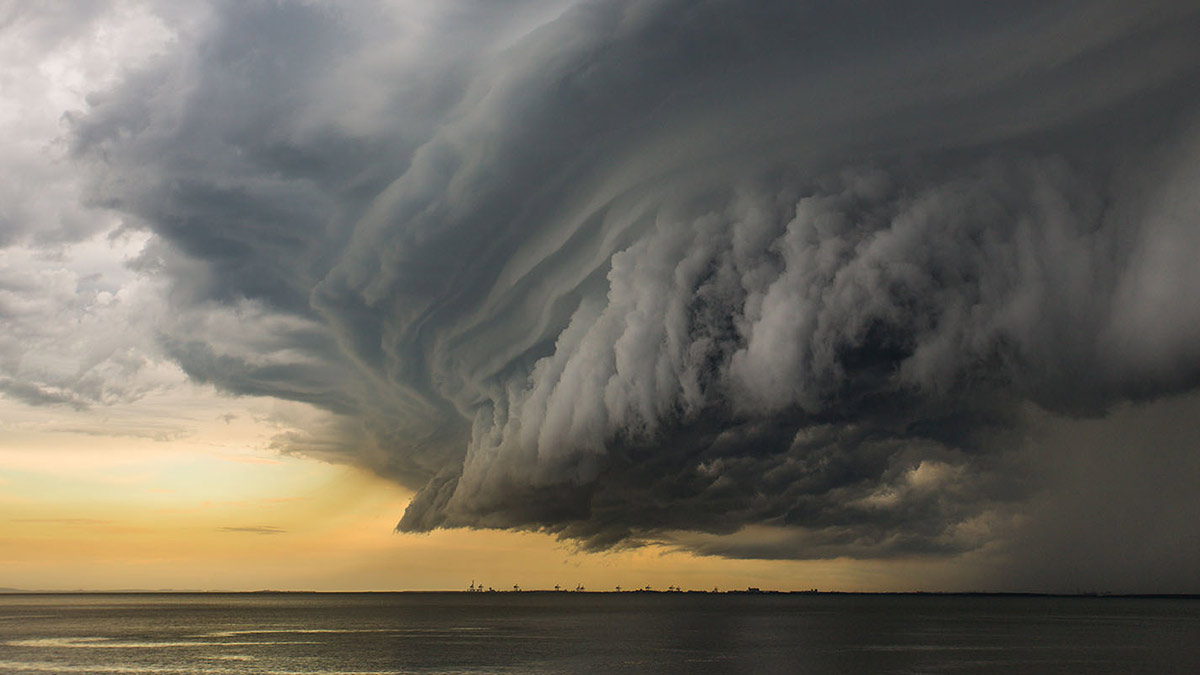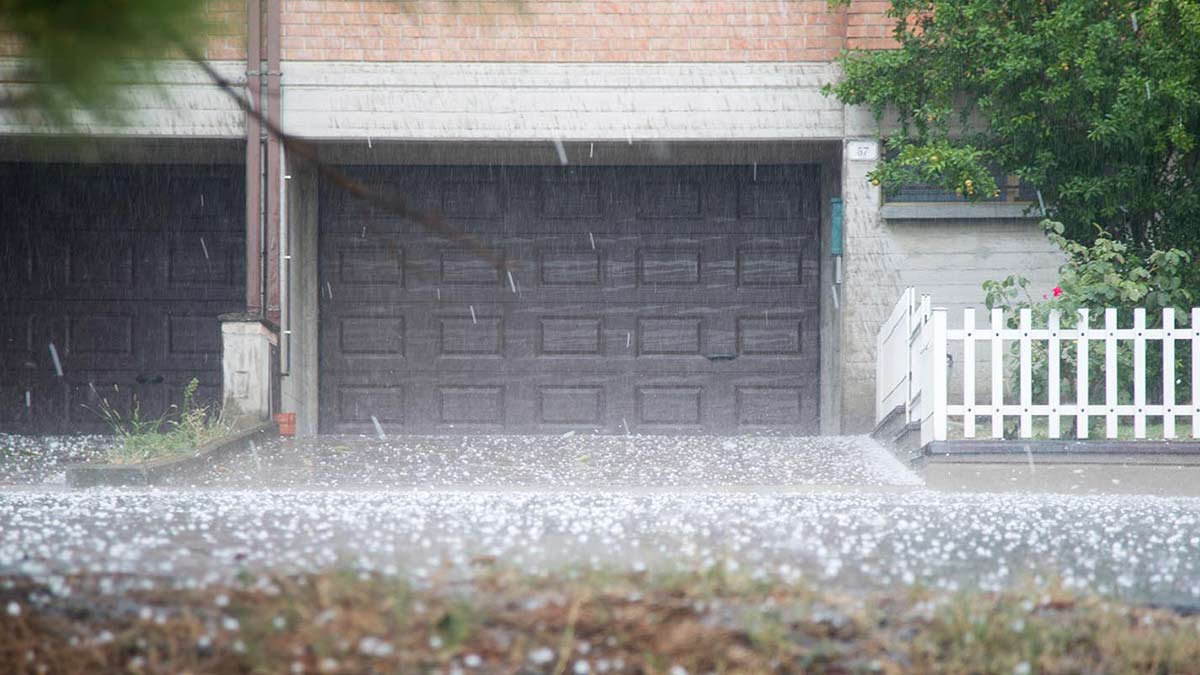You don’t have to live in regional Victoria to be at risk of bushfires. Getting your home and garden ready for bushfire season is essential to being prepared.
RACV launches severe weather resource

New severe weather page to help Victorians prepare for and protect property from storms, floods and fires.
As extreme weather events increasingly become a feature of Australian life, RACV has launched a new information resource with expert advice on staying safe and protecting your property if storms, floods and fires strike.
RACV general manager Home, Darren Turner, says the dedicated severe weather webpage brings together a wealth of resources and information from organisations including the Red Cross, Victorian Country Fire Authority and the Bureau of Meteorology in one easily accessible spot to help Victorians prepare for and protect themselves from the impacts of severe weather.
“Many people aren’t aware of the simple things they can do to try to avoid serious damage to their home and possessions, and RACV’s Severe Weather in Victoria hub provides advice on how to prepare for the worst.”
RACV is launching the webpage at a time when the Climate Council of Australia warns extreme weather events are becoming commonplace in Victoria and around Australia.
Darren says the fires that raged through East Gippsland and north-east Victoria last summer, and the severe storms that lashed the state in January causing hundreds of millions of dollars in damage, serve as a sobering reminder about the importance of being prepared for, and knowing what to do when disaster strikes.
The new webpage provides no-nonsense advice and tips on preparing for fires, storms and floods as well as what to do and who to contact during an emergency.
Resources include downloadable factsheets from the CFA, state government and Red Cross, plus links to Victoria’s State Emergency Service and BoM severe weather knowledge centre. There are also detailed checklists of what to include in an emergency kit and treasured items that cannot be replaced.
Darren says a crucial aspect of preparing for severe weather is ensuring you have sufficient insurance cover to replace items and buildings that are damaged or destroyed.
He says an estimated four in five Australians have insufficient home and contents insurance. “Many people underestimate the cost of rebuilding their home and replacing possessions and often don’t consider debris removal and the cost of complying with increased building codes and standards.”
The new Severe Weather webpage has links to RACV’s online insurance calculators which use independent data to help people estimate the right level of cover for their individual circumstances.
Darren says it is also important to check that your insurance policy covers you for extreme events such as floods.
The Insurance Council of Australia estimates almost $4 billion has been paid out for last year’s bushfires, floods and hailstorms, with more claims outstanding.
The Climate Council predicts Victorians will likely experience more bushfires, floods and storms due to climate change, and says Australia is one of the most vulnerable developed countries in the world to the impacts of climate change.
The Climate Council says heatwaves are becoming longer and hotter and starting earlier in the year, and that dangerous bushfire weather in the south of the country is increasing.



